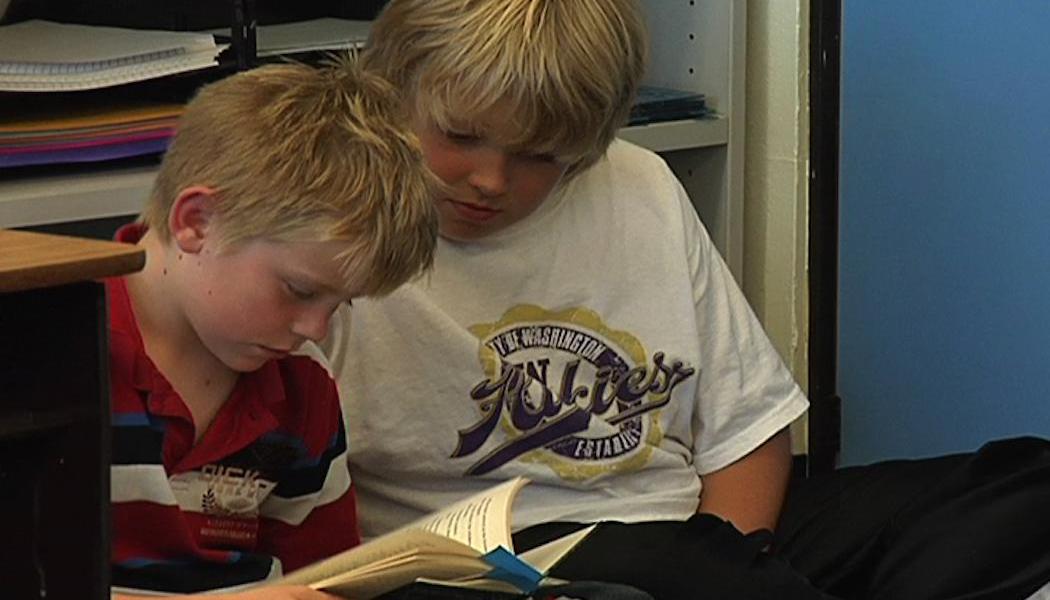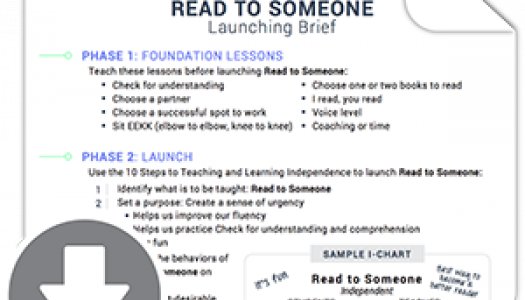Expanding the Conversations During Read to Someone

Join Our Community
Access this resource now. Get up to three resources every month for free.
Choose from thousands of articles, lessons, guides, videos, and printables.
We love listening to readers' conversations during partner reading. As each reader takes a turn reading the text and checking for understanding, we gain insight into what each student understands about the text. Once we notice that our readers can summarize a text, we help them broaden their conversations by teaching them ways to share their inferences with each other. The Common Core Reading Standards emphasize that readers need to not only summarize, but also make logical inferences and support their ideas using specific evidence from the text. We think partner reading is a perfect avenue for students to practice and discuss their thinking with each other.
When students first learn the strategy Check for understanding during Read to Someone, they begin summarizing what their partner read by saying, "I just heard you read _____." This scaffolding helps readers focus on what happened in the text. We use this same structure to scaffold discussions around the inferences and big ideas our readers have when they are reading with a partner. After readers have read a few pages of text, come to a compelling part of the story, or reached the end of a chapter, they ask each other, "What are you thinking?" This question is intentionally broad so that readers can share their predictions, ideas about the characters, or thoughts about the theme. Then students are prompted to ask their partner, "What makes you think that?" This question encourages students to use evidence in the text to support their thinking.
As students become proficient at discussing their inferences, their conversations become more authentic and less prompting is needed. We find that in the beginning, however, the prompts "What are you thinking?" and "What makes you think that?" help our young readers have meaningful conversations about the text they are reading together.







